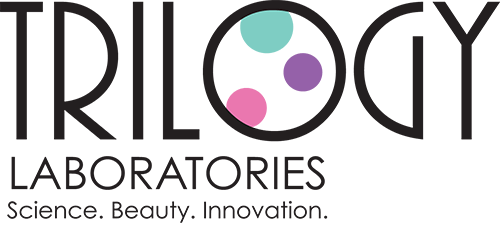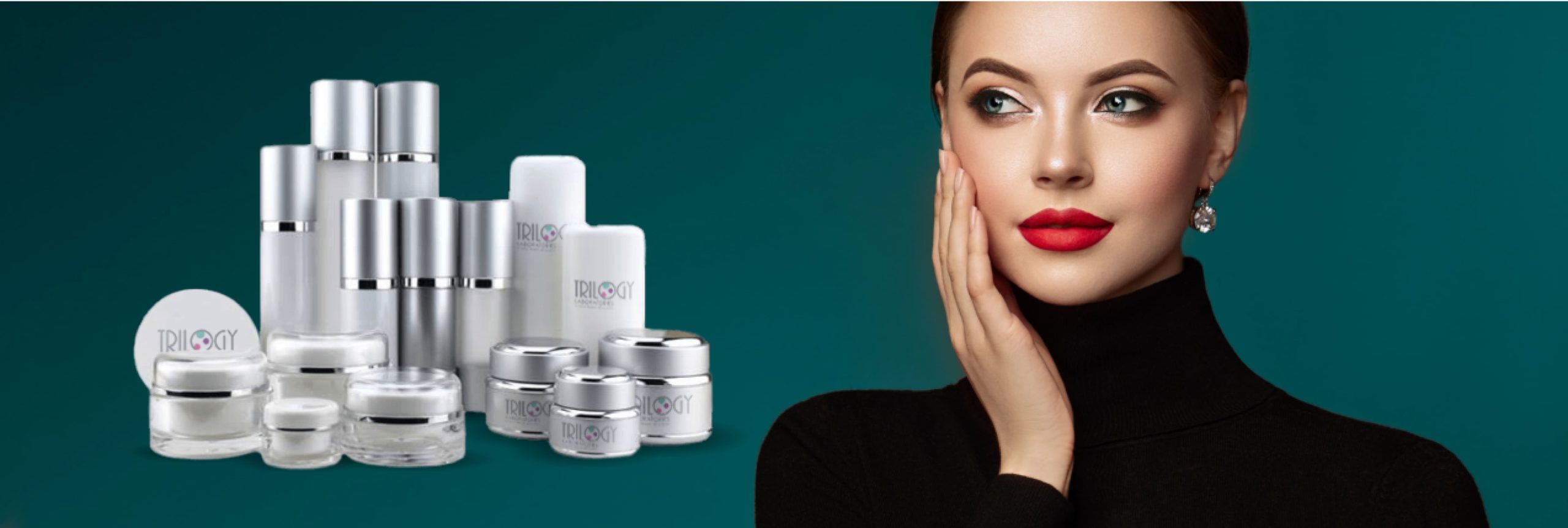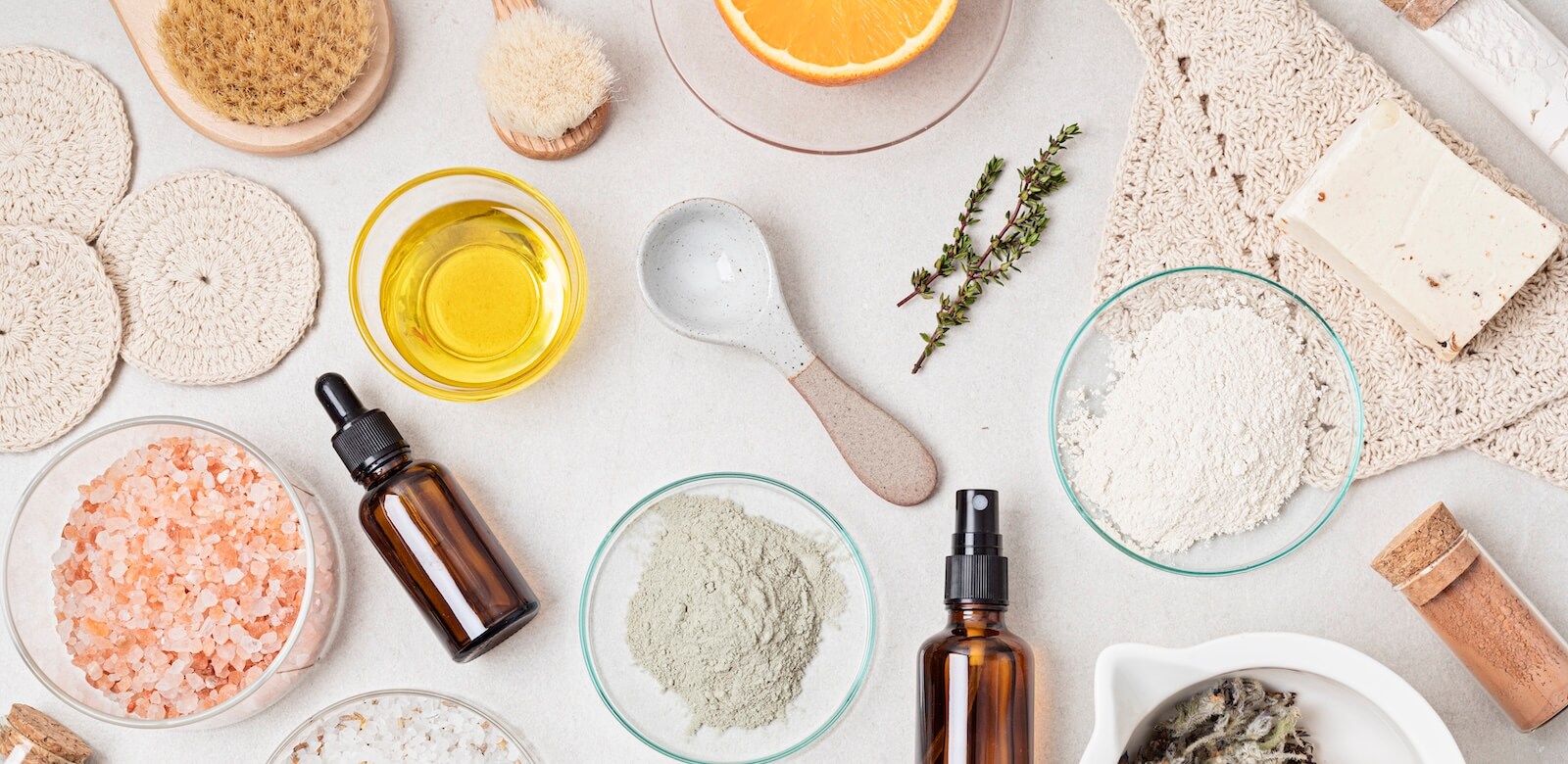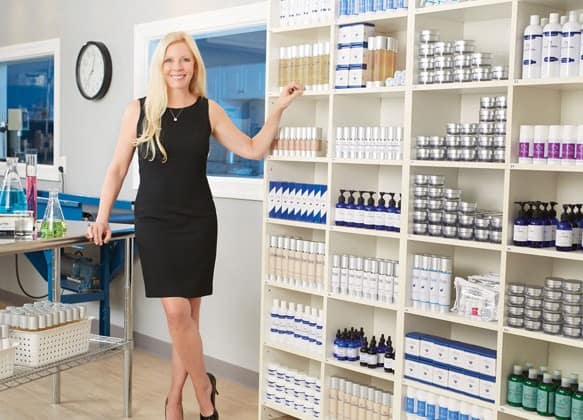If you’re launching your own skin care line or expanding your beauty brand into skin care, understanding what goes into each product is the first step toward creating something extraordinary.
Behind that luxurious cream, silky serum, and refreshing cleanser lies a meticulously balanced blend of ingredients—each chosen for its unique role in delivering results, improving texture, maintaining stability, and delighting the senses. By learning the anatomy of skin care products, you’ll not only make informed decisions for your brand but also elevate your ability to communicate quality and authenticity to your customers.
The Building Blocks of Skin Care Products
Every skin care product is a finely tuned symphony of components, each contributing to its performance, feel, and effectiveness. While active ingredients tend to steal the spotlight, the supporting elements, from carriers to preservatives and everything in between, are equally important in creating a product that delivers on its promises.
Vehicle or Base
The base is the backbone of any skin care formula, and it determines the texture, delivery method, and absorption rate of the product.
As a very simple way of understanding, water-based formulations tend to be lightweight and fast-absorbing, perfect for serums and refreshing gels. Oil-based bases deliver richer nourishment and longer-lasting hydration, so they’re ideal for night creams and balms. Emulsions combine both oil and water, balancing hydration and protection in a single, stable system. Creams and serums can both be emulsions though, so it’s a little more complicated than that and why you need a formulation chemist to get the best results.
Choosing the right base is a strategic decision that shapes the entire sensory and functional experience of a skin care product.
Waxes
Waxes give skin care products their body and structure, which helps them maintain form and consistency over time. Natural options like beeswax, candelilla, and carnauba wax offer texture as well as create a protective barrier that helps lock in moisture.
They contribute to product stability, particularly in emulsions, to ensure the formula doesn’t separate or degrade. The right wax can also influence spreadability, transforming a product from feeling greasy to luxuriously smooth.
Spreading Agents
Spreading agents are key to a product’s ease of application and overall feel.
Ingredients like esters and silicones reduce drag and allow products to glide across the skin effortlessly and evenly. They play a major role in customer perception of luxury, as a silky application often translates to a higher-quality feel.
Beyond texture, spreading agents can improve the even distribution of actives, enhancing performance and consistency with each use.
Preservatives
Preservatives are critical for keeping skin care products safe, effective, and fresh throughout their shelf life. They protect against bacteria, mold, and yeast that could otherwise render a product unsafe or ineffective.
A carefully chosen preservative system ensures your customers can enjoy the product from the first pump to the last. For example, ingredients like phenoxyethanol and potassium sorbate are widely used for their stability and gentle profile.
Active Ingredients
Actives are the targeted agents of change in skin care formulas because they deliver visible improvements to the skin. Retinol smooths fine lines, vitamin C brightens, and hyaluronic acid hydrates and plumps.
Selecting and formulating with actives is a careful balance between science and creativity, with the goal of delivering tangible, reliable results. Their success depends on proper concentration, stability, and compatibility with other ingredients.
Antioxidants
Antioxidants protect the skin from free radical damage caused by environmental stressors such as UV exposure and pollution. They also help preserve the integrity of certain ingredients within the formula. Popular antioxidants include vitamin C, vitamin E, resveratrol, and green tea extract.
Carrier Ingredients
Carrier ingredients act as the delivery system by transporting actives into the skin’s deeper layers where they can do their best work. For example, liposomes and encapsulated delivery systems protect sensitive ingredients from degradation while controlling their release for sustained benefits. They also enhance bioavailability, making sure that what’s on the label is truly working on the skin.
Without the right carrier, even the most potent active can underperform.
Humectants
Humectants act as moisture magnets because they draw water into the skin and hold it there. By preventing dryness and improving elasticity, humectants are foundational in maintaining a healthy skin barrier.
The right mix of humectants ensures lasting hydration without a sticky or heavy feel. Glycerin, hyaluronic acid, and propylene glycol are popular examples that help keep skin supple, smooth, and hydrated.
Emollients
Emollients work by filling in tiny gaps between skin cells to create a smooth, soft surface. They play a vital role in comfort and barrier repair, making them indispensable for dry or compromised skin.
The choice and balance of emollients can define the luxurious feel of a product. Shea butter, squalane, and jojoba oil are classic examples that also offer protective benefits against environmental stressors.
Surfactants
Surfactants are the cleansing agents that lift away dirt, oil, and impurities from the skin.
The surfactant selection directly impacts the skin’s post-cleansing feel, making it an important choice for both efficacy and skin comfort. Powerful options like sodium lauryl sulfate excel at removing buildup, while gentler alternatives like coco-glucoside cleanse without disrupting the skin’s natural oils.
Soothing Agents
Soothing agents are vital for calming irritation, reducing redness, and supporting sensitive or compromised skin. They are often included to counteract potential irritation from active ingredients or environmental stressors.
Ingredients like aloe vera, chamomile extract, allantoin, colloidal oatmeal, and bisabolol work to restore comfort, help maintain skin balance, and make the product more universally tolerable.
Film Formers
Film formers create a thin, flexible layer on the skin, which can improve water resistance, prolong the wear of active ingredients, and enhance protective benefits. They are often used in sunscreens, long-wear makeup, and certain moisturizers. Examples include acrylates copolymer, PVP, and certain plant gums.
Stabilizers
Stabilizers ensure that the formula maintains its consistency, performance, and shelf life over time. They help prevent separation, degradation, discoloration, or texture changes due to temperature fluctuations, light exposure, or ingredient interactions.
Common stabilizers include antioxidants like vitamin E (tocopherol) to prevent oil oxidation as well as chelating agents like disodium EDTA to boost preservative performance.
Texture Enhancers
Texture enhancers improve the tactile feel and spreadability of a product, contributing to a luxurious application experience. They can adjust viscosity, add silkiness, or create a cushiony, plush feel during use. Examples include microcrystalline cellulose, silicones, and certain elastomer gels.
These ingredients can also help mimic high-end product textures even in cost-conscious formulations.
Fragrances & Aromatic Components
While not always essential for efficacy, fragrances and aromatic components can upgrade the sensory appeal of a product. They contribute to brand identity and customer experience.
Fragrances can be synthetic or derived from natural materials, but their inclusion should be balanced to avoid irritation, especially for sensitive skin types.
Colorants & Visual Modifiers
Colorants can be used to create a specific aesthetic or to signal certain product qualities (like a green-tinted cream for redness-neutralizing). Natural options include mineral pigments like iron oxides or plant-based dyes, while synthetic options offer a broader palette. These ingredients should be chosen with safety and stability in mind. Keep in mind that natural colorants are less stable than synthetic options and can fade over time.
pH Adjusters
Keeping a product within the correct pH range ensures actives remain effective and skin barrier health is supported. In some cases, preservatives only function in an acid or basic environment, so this information is critical to a formulating chemist.
pH adjusters help maintain the optimal acidity or alkalinity of a skin care product to ensure stability and compatibility with skin physiology. Ingredients like citric acid or sodium hydroxide are common pH adjusters.

How to Read Skin Care Product Labels
Understanding ingredient categories is only half the story. Being able to spot them on a label is what makes you an informed creator or consumer.
By learning to decode skin care labels, you’ll be able to verify that a product’s ingredient list supports its marketing claims, and when you’re developing your own line, you can confidently communicate why your formulation stands out.
Order Matters
Ingredients are typically listed in descending order by concentration (except for those under 1%, which can appear in any order). As a result, the first few ingredients will make up the bulk of the product’s formula, which will give you clues about its main characteristics.
Look for Key Categories
As you scan the label, identify the role each ingredient plays. For example:
- Base: Often, the base of water (aqua) or oil appears first.
- Actives: These ingredients will be listed by their scientific names (e.g., ascorbic acid for vitamin C, retinol for vitamin A).
- Humectants and emollients: Look for names like glycerin, squalane, or butyrospermum parkii (shea butter).
- Preservatives: Common examples include phenoxyethanol or potassium sorbate.
- Soothing Agents: This category might include ingredients like aloe barbadensis leaf juice (aloe vera) or bisabolol.
When you can place each ingredient into one of these categories, you’ll have a better grasp of the product’s purpose and be able to spot potential gaps or strengths in its formulation.
Spotting Marketing vs. Function
Some labels highlight trendy botanicals or exotic extracts that are present in very small amounts. These may appear near the bottom of the list. However, while they can enhance the product story, it’s important to remember that they may not significantly impact performance.
Watch for Sensitivities
Transparent labeling helps you create products that align with customer needs. If, for example, your target audience has sensitive skin, note common irritants like high concentrations of alcohol or fragrance oils (parfum or essential oils).
What Makes a Good Skin Care Product: 6 Factors to Consider
A good skin care product is the culmination of thoughtful design, expert formulation, stability testing and consumer-focused development. For brand owners, understanding what sets a truly great product apart means you can deliver something that meets both market expectations and your brand’s promise.
1. Balanced Formulation
An effective product is one where every ingredient works in harmony to improve performance and minimize potential for irritation. This process involves balancing actives with soothing agents, stabilizers, and texture enhancers to create a formula that is both powerful and pleasant to use.
A balanced formulation supports consistent results and ensures the product feels as good as it works.
2. Quality of Ingredients
High-grade, ethically sourced ingredients form the foundation of premium skin care. Quality not only impacts performance but also aligns with the growing consumer demand for transparency and sustainability. Selecting ingredients based on proven efficacy and purity also elevates the perceived and actual value of the final product.
3. Stability & Safety
Formulas must remain consistent, safe, and effective for their intended shelf life, which requires selecting the right packaging, protective systems, and stabilizing agents to guard against light, air, and contamination. A stable product maintains its texture, scent, and potency over time, reinforcing brand trust.
4. Suitability for Skin Type
Products that cater to specific skin needs—dry, oily, sensitive, or combination skin—increase the likelihood of customer satisfaction. Matching formulation characteristics to skin type maximizes the benefits and minimizes the risks of irritation or dissatisfaction.
5. Evidence-Based Results
Consumers want proof that a product works. Formulations supported by clinical trials, lab testing, or peer-reviewed research inspire confidence and increase the likelihood of repeat purchases. Demonstrating measurable results sets your product apart in a competitive market.
6. Sensory Experience
The look, feel, and scent of a product influence how often it is used and enjoyed. Sensory appeal can turn a simple routine into a ritual by fostering an emotional connection that keeps customers coming back. A thoughtfully designed sensory profile can even become part of a brand’s signature identity, making the product instantly recognizable and more memorable to customers.
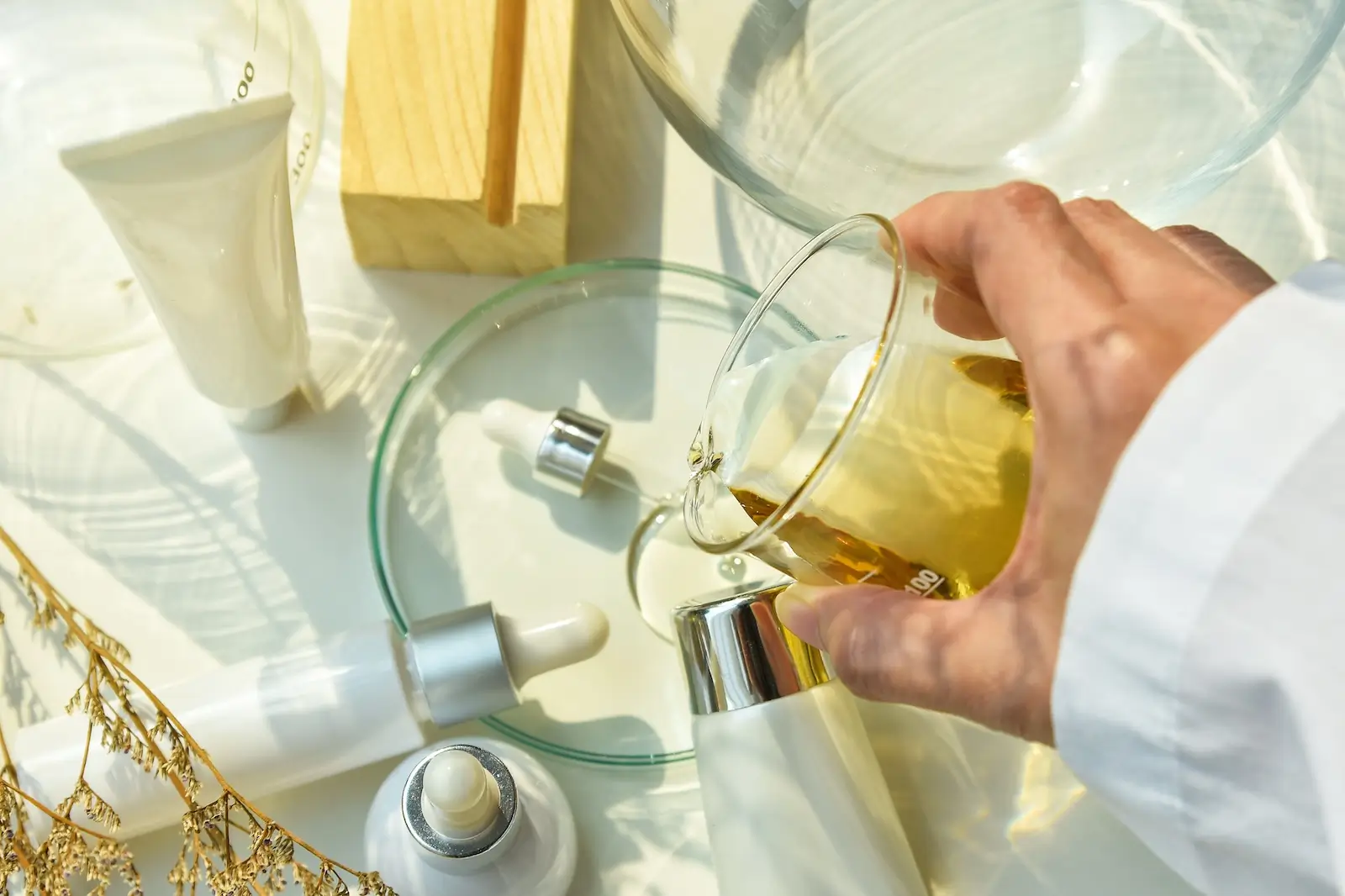
The Trilogy Laboratories Difference
At Trilogy Laboratories, we blend science, artistry, and innovation to create products that inspire loyalty, stand out in a crowded market, and deliver results your customers will see and feel.
We do more than manufacture skin care. We craft success stories that start with an idea and end with a product customers love.
Our goal is to develop formulations that not only meet industry standards but set new benchmarks for quality. We bring together deep expertise, cutting-edge technology, and a collaborative spirit to help you translate your brand vision into reality, make products that stand out, and deliver results that inspire loyalty.
Formulation Expertise
Our team of experienced chemists and formulators blends deep scientific knowledge with creative problem-solving. We ensure that every product is safe, stable, effective, and designed to exceed customer expectations.
Customization Options
From ready-to-go private label products to fully custom, bespoke formulations, we offer flexibility to meet your unique goals. Every detail, from texture to scent, can be tailored to align perfectly with your brand identity.
Premium Ingredients
We source only the finest ingredients, focusing on quality, sustainability, and proven performance. This commitment ensures that every product not only works but also reflects your brand’s dedication to excellence.
State-of-the-Art Manufacturing
Our advanced facility is designed for precise, consistent production that meets the highest industry standards. Whether you’re producing small test batches or scaling to meet growing demand, we have the capacity and capability to deliver.
Collaborative Development Process
We work hand-in-hand with our clients from concept through launch. Our transparent process means you are informed, involved, and confident in every step of your product’s journey.
Partner with Trilogy to Create Your Next Best-Selling Skin Care Product
Creating a skin care product that works, delights, and builds customer loyalty requires vision, expertise, and precision. Every component must serve a purpose, and every formulation decision should support the end goal of performance, safety, and appeal.
Fortunately, Trilogy Laboratories offers the expertise, resources, and collaborative spirit to turn your ideas into market-ready successes. If you’re ready to build your skin care brand or expand your line of beauty products, skip the messy at-home chemistry and let us formulate, manufacture, and label your skin care products in our one-stop-shop.
At Trilogy Laboratories, our experienced project consultants are ready to guide you through the process of branding high-quality products that align with your company’s vision. We offer a beautiful selection of packaging, low minimum order quantities, and customizable formulas made with natural and scientifically advanced ingredients—all so you can wow your users, develop a loyal customer base, and grow your beauty brand.
Skin care doesn’t get any better than this.
Contact us today or call 239.939.5454 to get started with your skin care line.
Posted in Professional Skin Care
